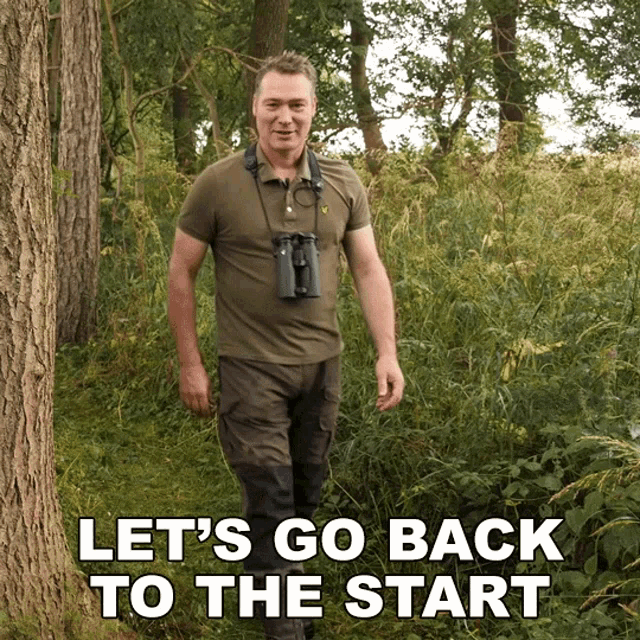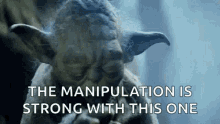🦸 Can Marketing be Sustainable (and achieve goals)?
Marketing has a superpower and with the right strategy we can leverage it for sustainable growth.
Hi 👋 I’m Florian Schleicher. This is the FutureStrategies newsletter of FUTURES. Thank you so much for reading along 💚 If you want to learn strategic marketing from me, then my Simple & Sustainable Marketing Academy is the perfect fit for you.
Recently I was reading the two books, "The 7 Graces of Marketing" and "The Power of Ritual," and a thought occurred to me:
Marketing has a huge negative contribution to our current climate crisis.
And it can also make a positive contribution to the solution.
I call the latter impact marketing.
But let's start with the first statement.
Marketing managers today face a major challenge:
Marketing still has to achieve goals.
But marketing must also achieve sustainable growth.
Is that even possible together? Is sustainable growth possible? Can marketing be a force for positive change?
And if so, how?
Let's start with our situation and the problem:
🦸♂️ The superpower of marketing
The saying "What you measure matters" sums it up very well. In the past decades, the goal of most companies was one thing above all: Profit.
We measured that in GDP.
And marketing has done an excellent job of helping to increase that:
Our economic growth has been driven by one thing above all else: Selling/buying more. And the "fuel" behind that was CO2.
So that increased in equal measure:
How does marketing contribute to this?
Jay Samit, former Independent Vice Chairman Deloitte Digital sums it up well:
"At the heart of all sales and marketing is the ability to create demand even in the absence of logic."
Because the superpower of marketing is one thing above all: manipulation.
And yes, I have also had a contribution: I spent many years at the beginning of my career advising large corporations and helping them generate higher profits in the next quarter.
The problem is that this quest for more has brought us to a situation where our habitat is on the verge of collapse and hundreds of thousands of people are suffering under the current economic system.
We have put profit at the center and when there was a surplus of it, we invested that little bit in people and planet - a very small delta of overlap for our society:
Now we are trying to turn the tide and have plans like the UN's SDGs or the COP's 1.5 degree target that give us a roadmap.
Where do we stand on this?
We are on track to achieve 12% (just over one-tenth) of the 140 Sustainable Development Goals by 2030. That's because 97% of respondents in a Kantar Research say they are willing to change their lifestyle - but only 13% actually do it.
So it doesn't look like a real shift in thinking just yet.
I'm an optimist and a big fan of solutions. So I'd like to outline here how marketing can help us get out of this crisis now.
Because…
“Marketing is powerful; it can change how people think, feel and behave. We should all be asking how we can drive changes that are for the better.”
Hannah Harrison, Chief Sustainability Officer, WPP
Or to put it another way:
I have summarized the opportunities that a shift to sustainable growth can bring (in addition to preserving our habitat) here, here, here, and here.
We share a responsibility and we have to be aware of it.
68% of consumers think brands should care about social issues and get involved.
So back to the initial question and my answer:
💚 Marketing can achieve goals and sustainable growth.
Yes it can.
Countless companies demonstrate that sustainable growth is possible. A few examples: Too Good To Go, Faircado, Revo Foods, Pela, Early Majority and many more show ways.
But how?
We need to embed sustainability integrally at the core of the communications strategy. Quite simply captured in this model, which I found outlined like this in Richard Rumelt's book:
And here we start from the bottom up:
1 👁️ Diagnosis
The first step is to start sustainable marketing strategies with people:
What problems do they face in their everyday lives?
What challenges do they have?
What motivates them?
I described more about this in this article on understanding target groups.
Then our diagnosis or analysis is based on a true understanding of our customers.
Next, we also consider what impact our business and marketing has on the planet.
What impact do we have on the environment?
Where do we have Scope 1, 2, and 3 impacts of our value chain?
Positive and negative?
Now we have a holistic view about the impact of our marketing in the diagnosis.
“Customers don’t care about your brand. They care about value and how the brand contributes to their own self-image, life or the planet.”
2 🏁 Guidelines
So now we understand our market in all facets.
Based on this, we now create a vision to guide us and set ourselves two to three goals per half-year to focus on. In doing so, we make sure to address in turn the aspects of people and planet that we defined in the diagnosis.
And we define how our marketing impacts which of the 17 SDGs.
Our vision and goals then strive for sustainable impact.
3 🧩 Coherent actions
When we have people and planet incorporated at the grassroots level, our actions will have a direct positive impact on both.
You want to work on a marketing approach that gets things done and achieves sustainable growth?
That's exactly my specialty at FutureS.
This is where channel concepts, campaigns, content strategies, stories and all the implementations of our marketing come from.
The freestyle part of this is also going a step further and thinking about how we can use marketing to encourage sustainable customer behaviour.
Then our measures are aligned in such a way that they address real needs of people and our living space.
🌟 A new North Star
No one likes to buy products and services that are "bad." There is often just too little knowledge about good alternatives. We would all choose the company and brand that offer "good" for planet and people.
“Focus on creating real value for people and planet - profit will follow.”
So we put the focus on that.
This way of doing things has actually been thought of by the British Academy’s report on the Principles for Purposeful Business in 2019. According to it, businesses must “solve the problems of people and planet profitably, and not profit from causing problems”.
Of course, this communication must be authentic and not driven by greenwashing.
Yes, it is work. Yes, it needs investments.
Nothing is easier than simply doing business-as-usual, not changing anything and simply striving to maximize profits for as long as possible.
But:
Our pursuit of competition and consumption must also leave a world where it makes sense to pursue both.
That requires innovation. And those who don't innovate and move with the flow of times will not survive the next few years.
“Wer nicht mit der Zeit geht, geht mit der Zeit.”
(If you don’t catch up with with time, time will catch up with you)Friedrich Schiller
Whether it is due to regulations coming our way (ESG reporting such as ESRS), changes in consumer behavior or simply because the business base (nature in the tourism sector) is lost - the economy will and must change.
If we can strategically align marketing to address Planet, People and Profit equally, we can also create value for all three.
With the right strategy, we use our superpower for good.
That means not just talking about sustainability and green marketing, but making it the "new normal" and charging it with emotion - indeed, making it sexy.
And then marketing becomes a force for positive change - marketing can achieve goals AND sustainable growth.
Thanks for reading along!
PS: You can also read this posting in German.









